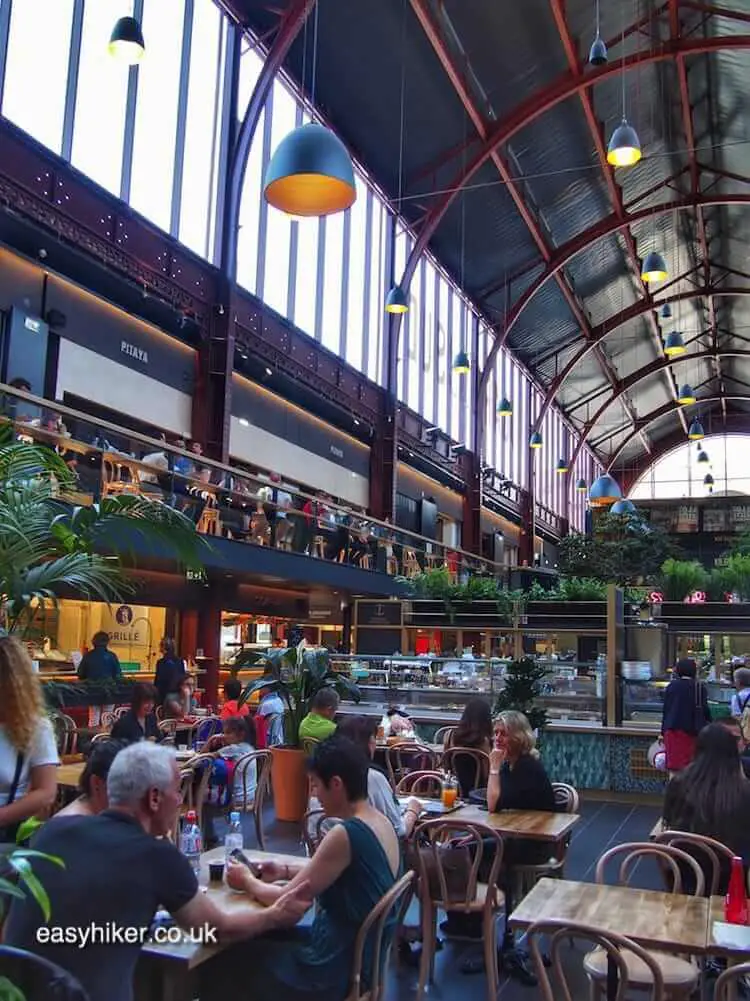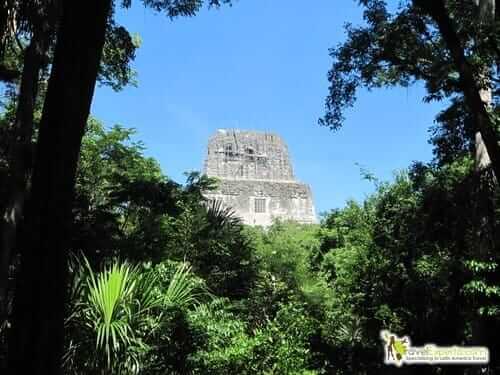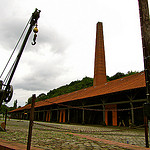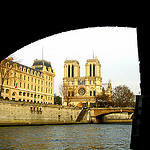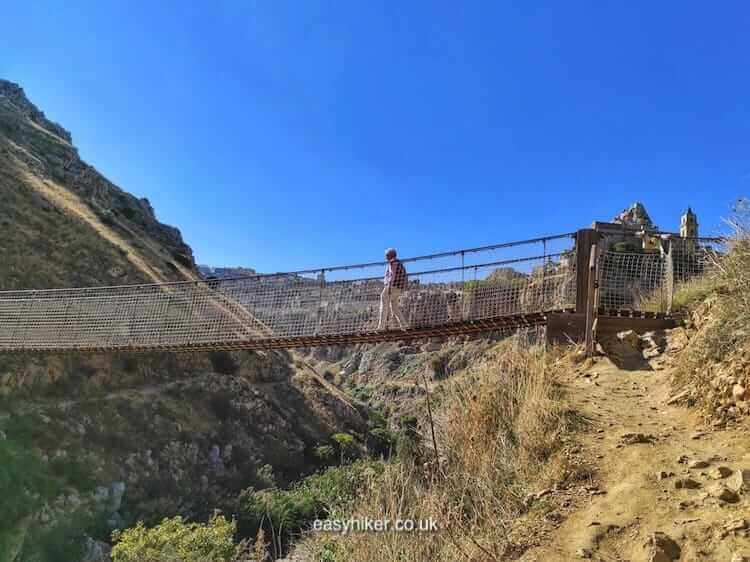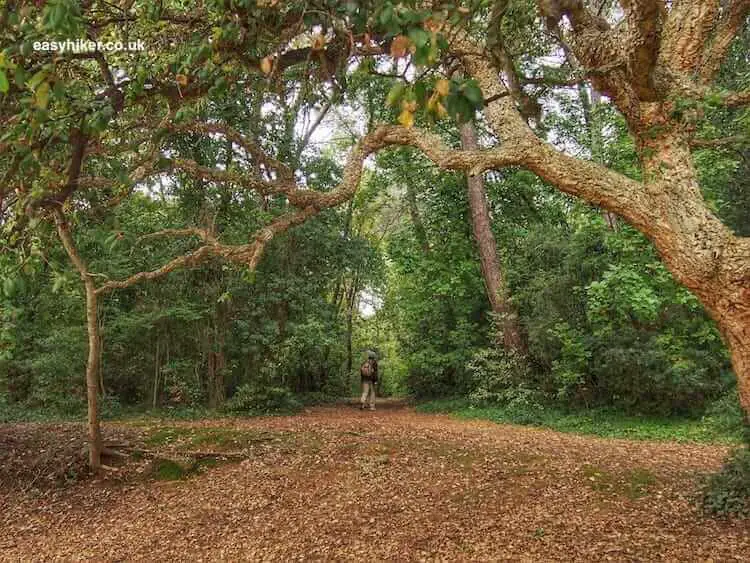River walks are popular, and it is easy to understand why. There is always a variety of scenic motives on show (inland and water landscapes). Villages, boats and other elements of river (bank) traffic provide a constant stream of entertainment. Plus you can concentrate on the sights because the trails are always easy to follow.
For one reason or another, however, the Easy Hikers have a somewhat unhappy history with the Var, the largest and most important river in our backyard, the southeast of France: the first time we went to explore the banks of the river, we had to abandon the walk on our way to the trail as we were caught in a spider’s web of flyovers and freeways.
On our return, we found that we had picked the wrong stretch (one with “all the charms of a road that services a cement plant in rural Albania“, I wrote at the time).
Last week, we decided to take another river walk along the Var. Would it be third time lucky?
To which the short answer is: yes and no.
For the long answer, you will have to read on.
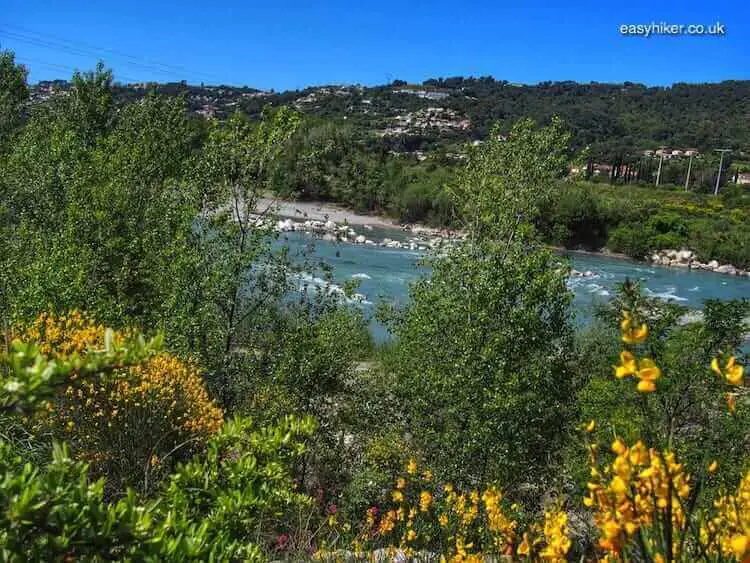
This River Walk Along the Var
The pros of the walk first: The Parc Departemental des Rives du Var – which covers a surface area of more than 600 hectares while, for the most part, being not much wider than a foot path (it is the Chile of the country’s hiking parks, making up in length what it lacks in depth) – is a nature reservation with few equals in France.
More than 200 bird species have been sighted (nearly half of all the bird species in Europe), although it is fair to point out that you will not see many of those. The birds of the river, by and large, keep themselves to themselves.
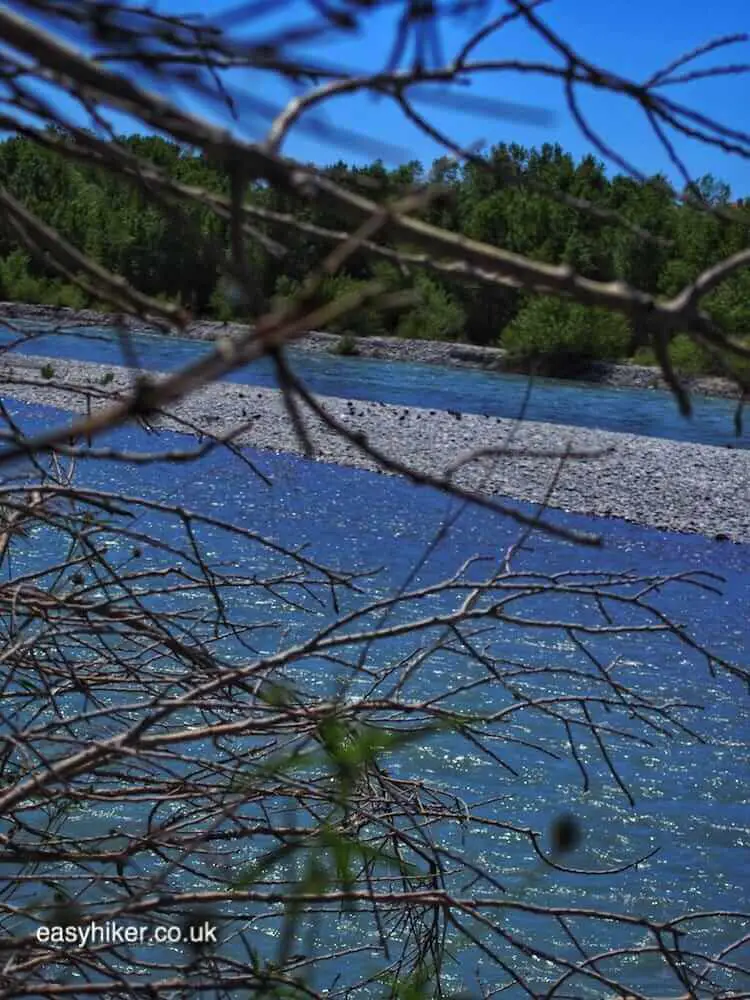
The large variety of plant species, conversely, is easier to spot because the information panels point the plants out to you. (The park’s panels are, overall, excellent: strategically placed, not overwhelmingly numerous, concisely worded. One only wishes that the park’s administration would add an English translation.)
The panels also identify the non-native intruders of the riverbank flora: while admitting that these intruders can be optically attractive, they make clear that they tend to threaten the unique character of the landscape.
Can you spot the intruder here?
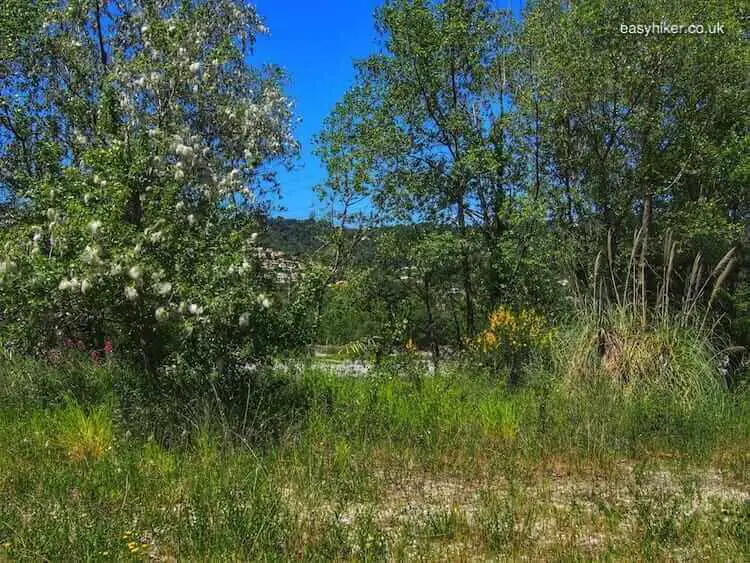
It is the tall pampas grass on the right hand side of the picture.
The panels are equally strong on the river’s history and cultural importance. Originally, the Var was a wild beast: unsteady, a mere trickle in the summer but causing devastating floods in the spring and autumn.
The construction of embankments (throughout the 19th century) took care of that and also allowed for the creation of irrigation networks in the surrounding countryside, following which – with the growing population of near-by Nice and the other resort towns on the coast – the local farmers soon became rich as the region’s main providers of fruit and veg.
For 500 years, the Var was also the local equivalent to the Rio Grande: the ancient border between France and the Kingdom of Piemonte-Savoy.
Smugglers and clandestine immigrants, however, would have reached the other side of the frontier with “wet feet” rather than “wet backs”: for most periods of the year, it was fairly easy to cross the river by leaping from sandbank to sandbank.
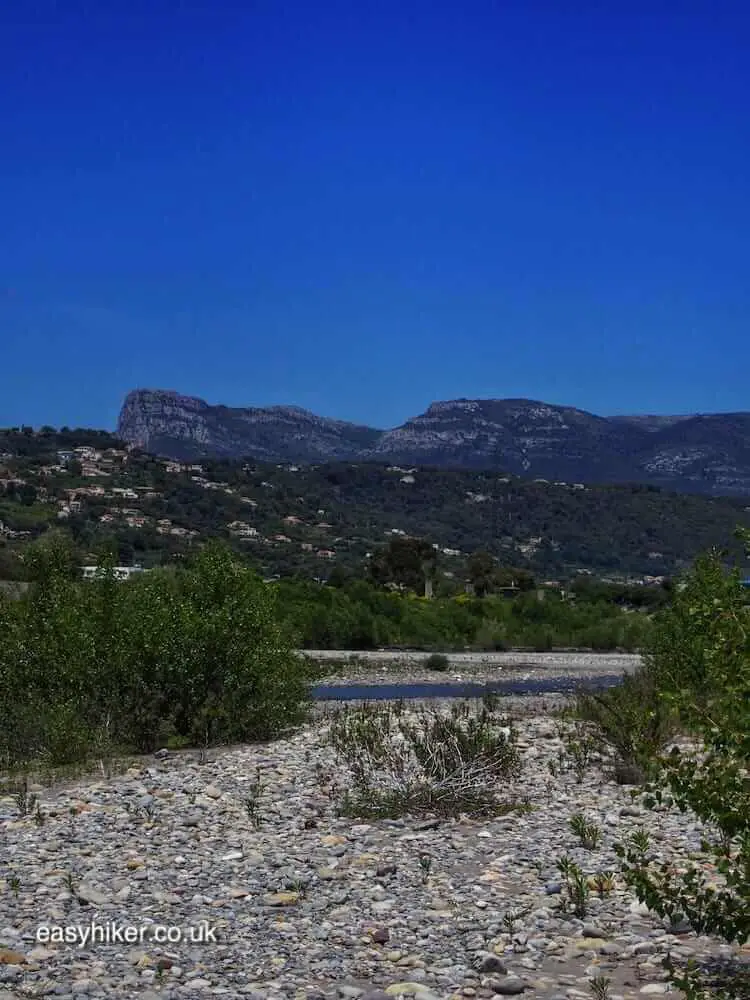
The first bridge across the Var was only built in 1792, the modern version of which you can see at the end of the walk near Nice Airport.
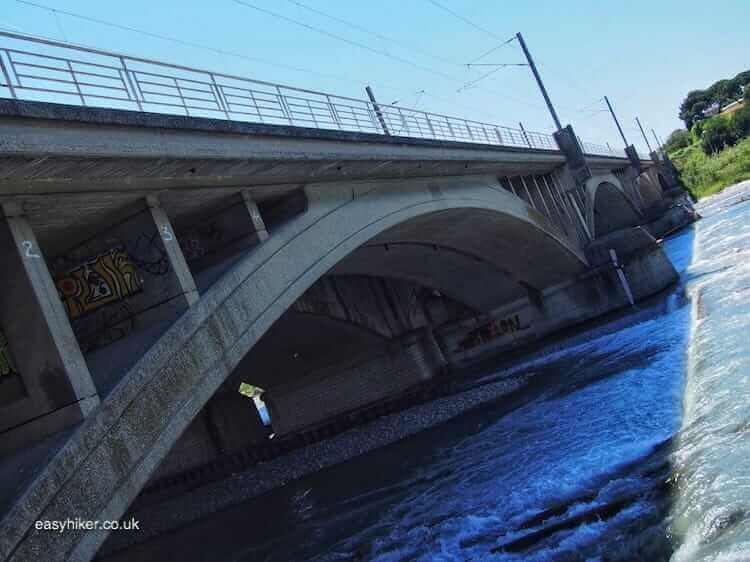
In one word, on this river walk along the Var, you learn a lot about the river, its ecological system and its history. That’s undoubtedly a pro, but you have to weigh this up against several cons.
For one, the trail is hard to find. Starting at the route’s northern trailhead (which we recommend for technical reasons), you must know where to go from the bus stop at Lingostiere Shopping Centre.
Walk across to the far side of the mall and take the small stairway up the road, turn left and then carry on underneath the flyover through the underpass to Saint Sauveur train station before turning left behind the tunnel.
There can be little doubt that the Rives du Var is the best hidden tourist attraction in France.
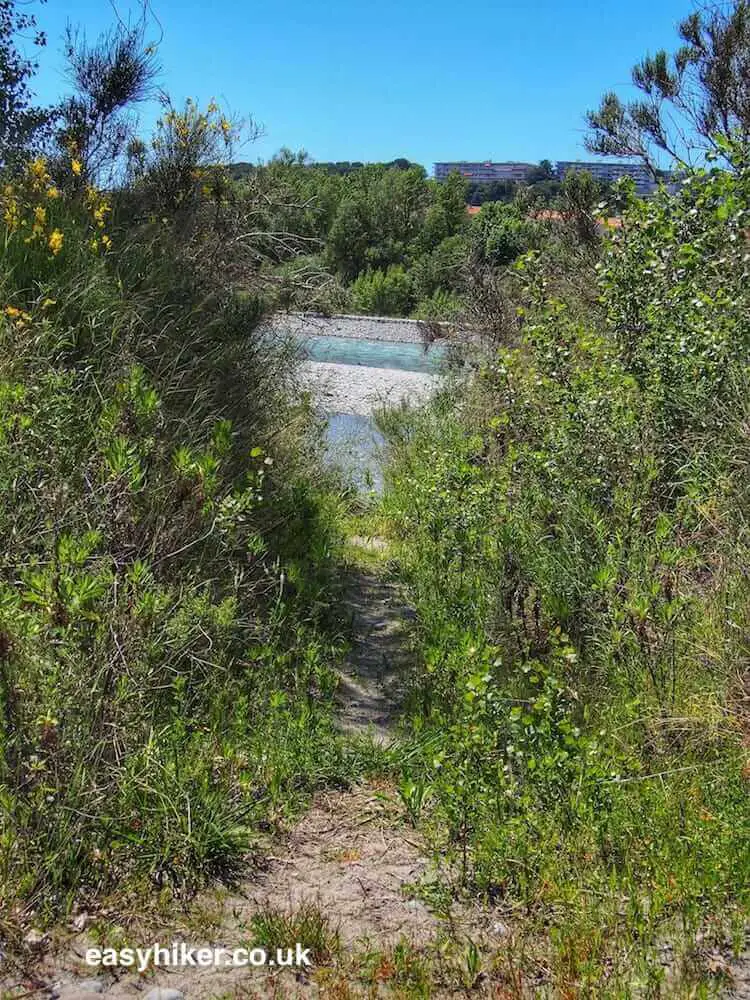
Secondly, the trail benefits from few of the pluses that distinguish other river walks. There are no villages or even major buildings to speak of, no boats (no shipping on the Var), and there is little variety in terms of the landscape.
It does not help that the river is strictly controlled and consequently straight as a die (or a canal). As, obviously, is the river walk.
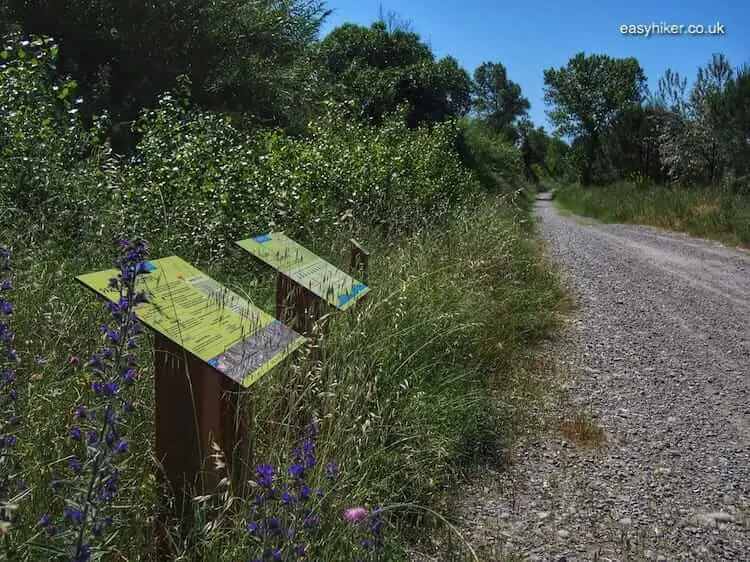
Above all, however, there is the 2-km-stretch near the walk’s end – roughly one third of the trail’s total length – which is just about the most depressive hiking experience we have ever had.
Even before this stretch, the trail may be a bit too close to civilization for many a hiker’s comfort …
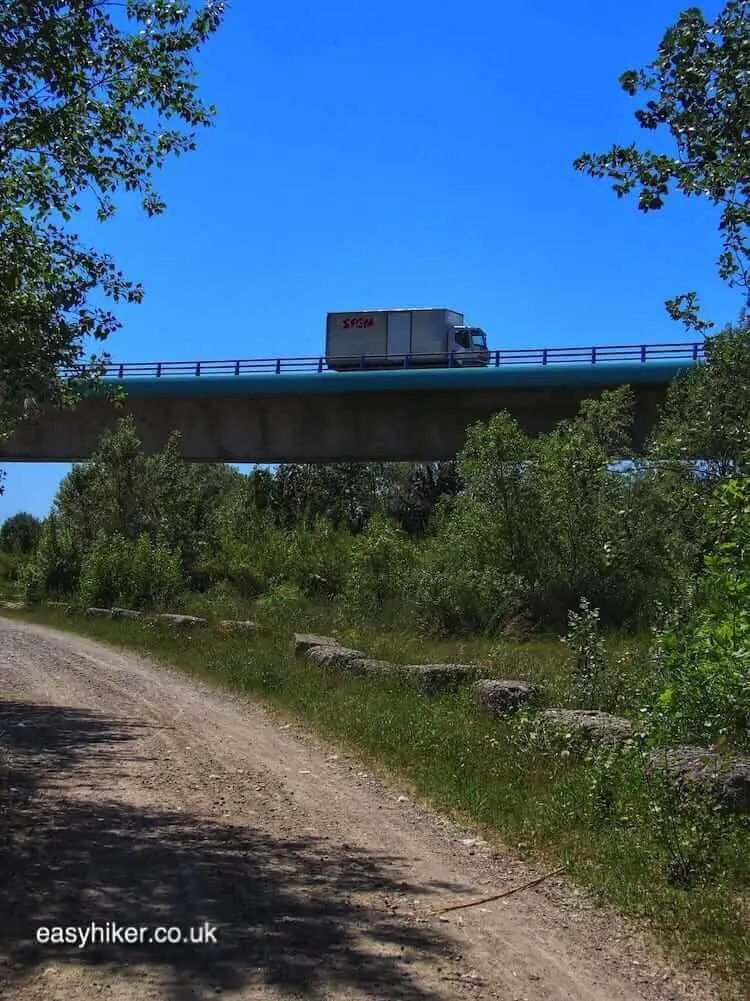
… but shortly past the half-way mark, we could only wish that we were back on our industrial road in rural Albania.
This stretch feels like the perimeter of a high-security prison …
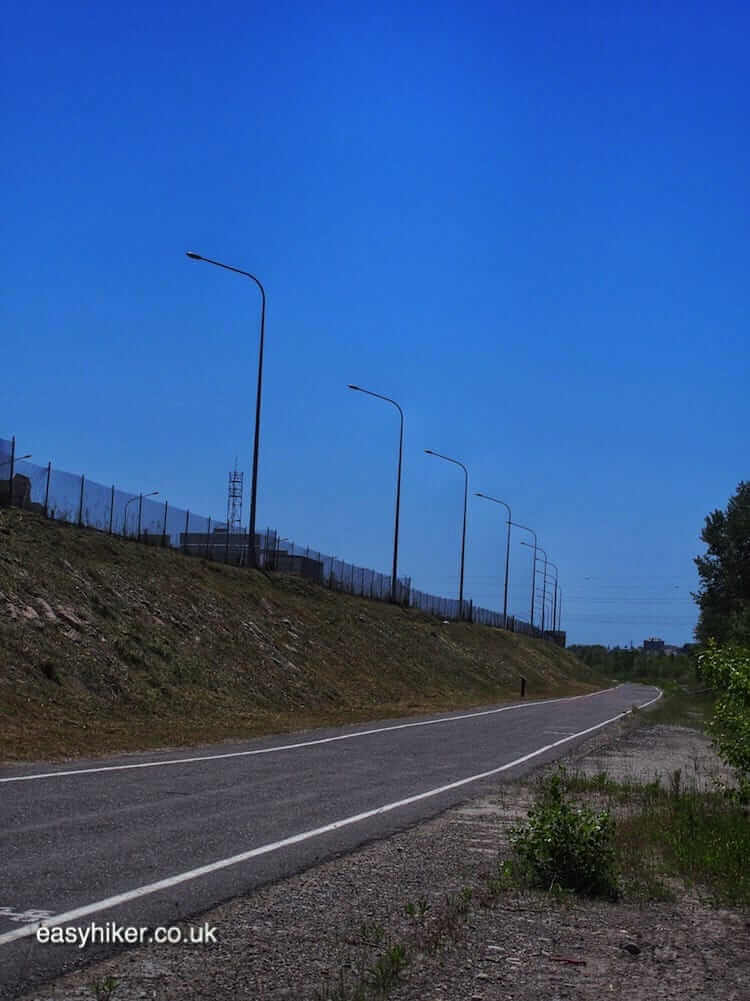
… mainly because of the fence on your left hand side (which is there to contain the motorway traffic).
It’s a shame, really, that the trail is so ugly, because the river itself is at its most picturesque on these last few kilometres before it reaches the sea.
To experience this beauty, however, you must sneak off-trail into the bushes, something for which there are only a few precious opportunities.
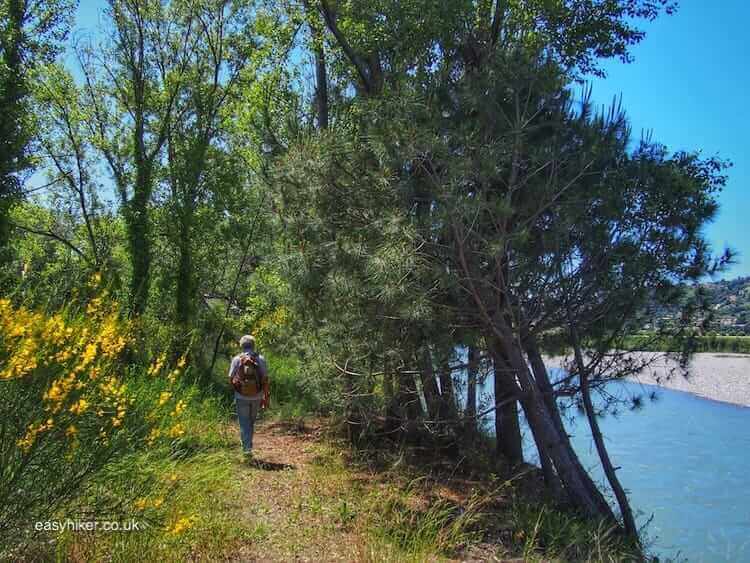
The prison-fence experience is the main reason why we recommend to start this river walk along the Var near Saint Sauveur: you do not want to start your hiking day with 2.5 km of this.
But there is a second reason: since it is relatively difficult to get back to central Nice from Saint Sauveur (with the erratic schedule of the Trains de Digne and the complexity of the local bus network), it is easier to schedule your bus journey from Nice (take no. 59 from the Hotel des Postes near Galerie Lafayette in the town centre) and to return from the airport (where the walk ends), from where you have excellent bus and tram connections.
One final tip: for your return to Nice, take bus no. 23 from the Promenade des Anglais just outside Terminal 1. (You can walk from the Var bridge to Terminal 1 in less than 10 minutes. All routes within the airport are well signposted.)
Bus no. 23 is cheaper than the dedicated airport bus (no. 99) and takes you directly to the heart of the Liberation quarter (the Place General de Gaulle), a few hundred metres north of the central station.
Immediately on your right hand side, you will spot Nice’s most recent attraction, an old train station (the Gare du Sud) which has been converted into a luxury food hall.
There are excellent food stalls on the ground floor and an interesting variety of shops on the top floor.
All in all an excellent way of rounding off your day.
